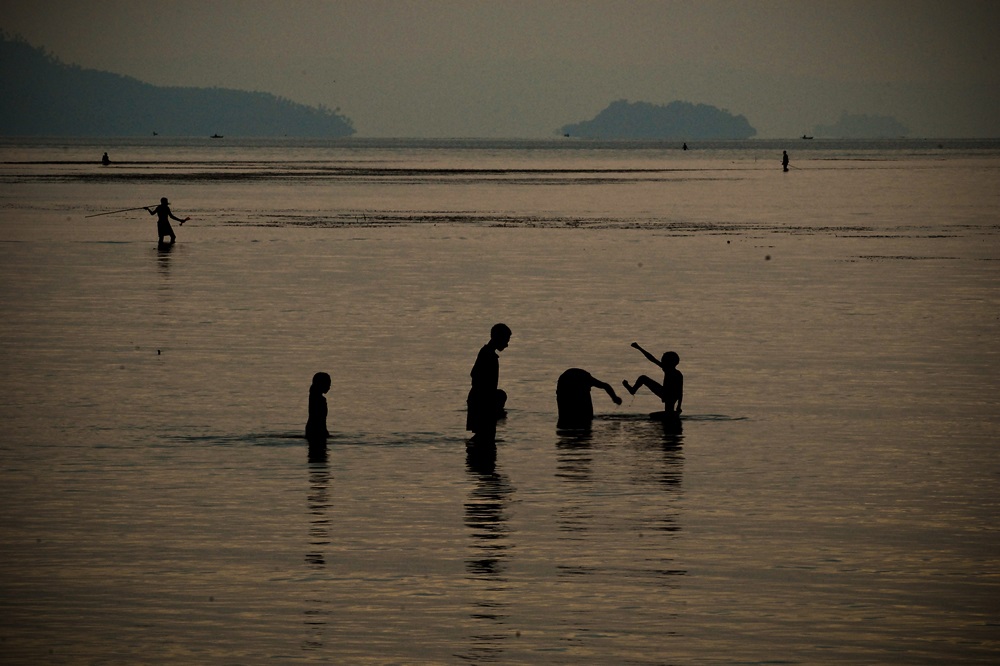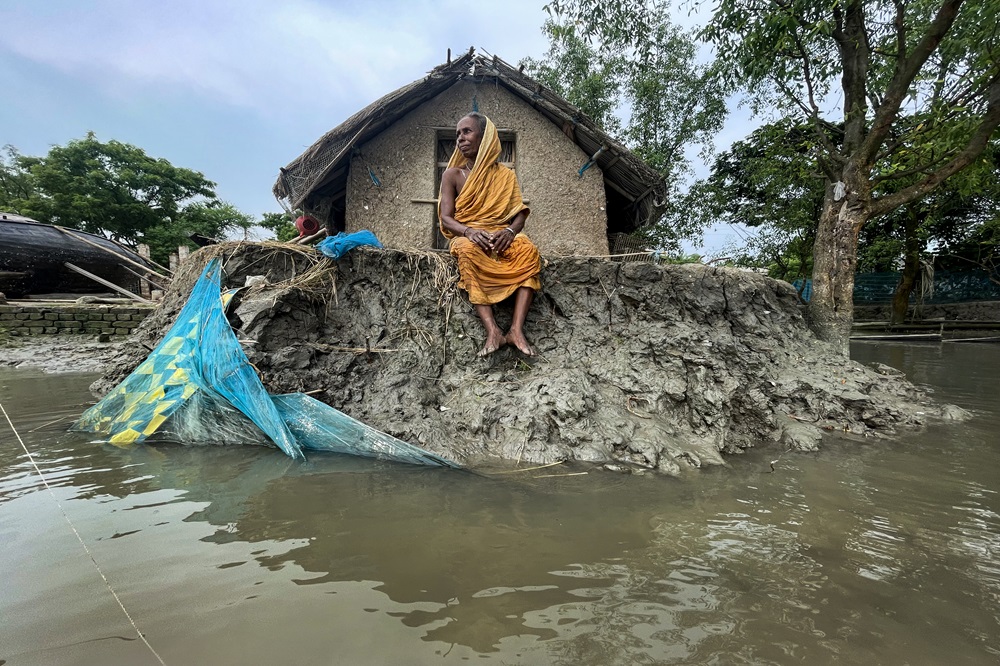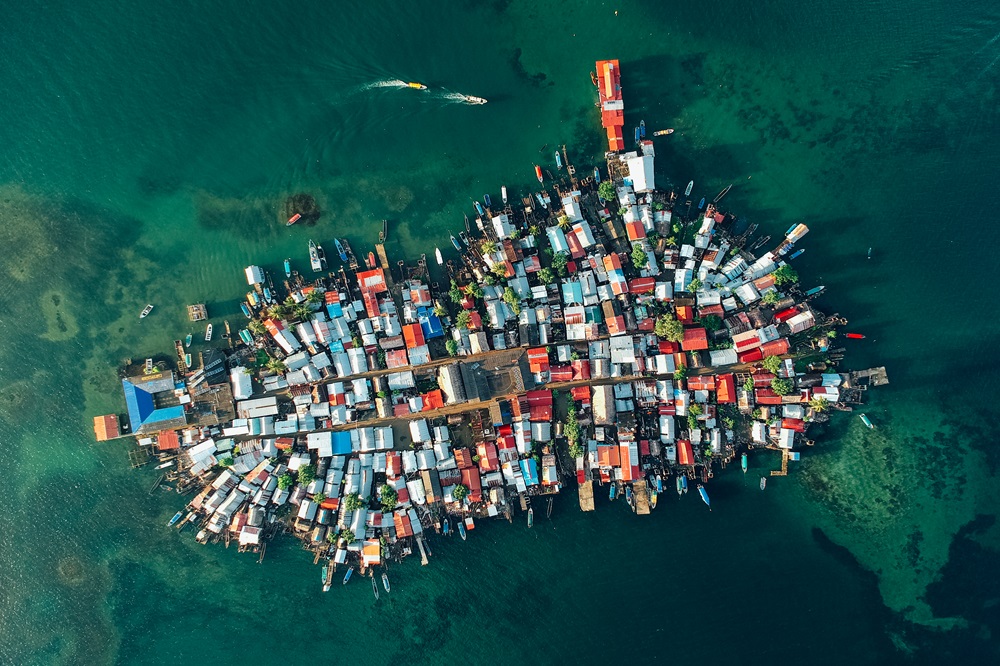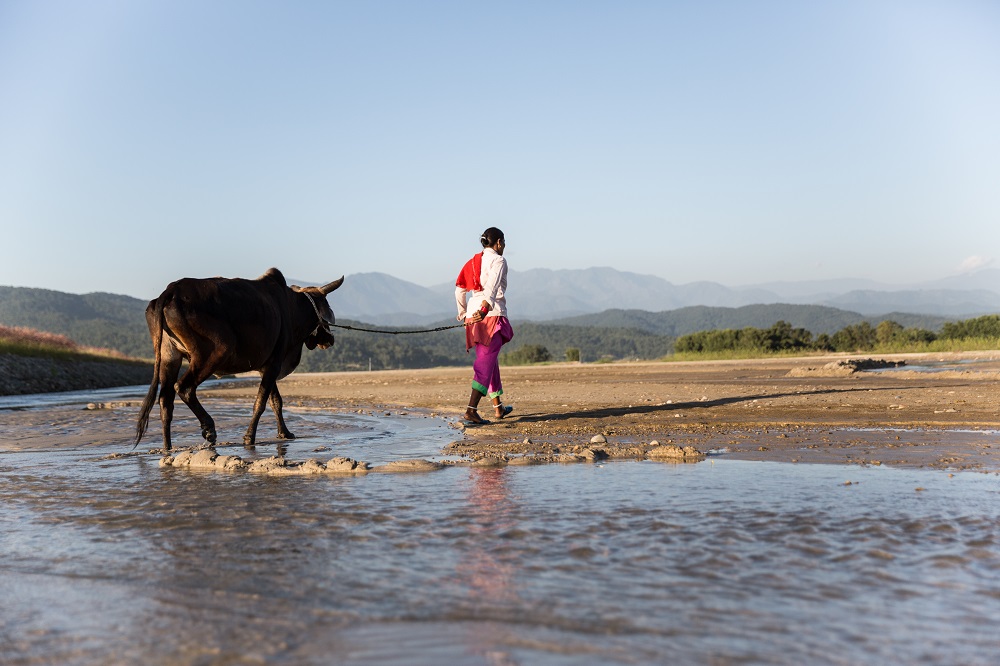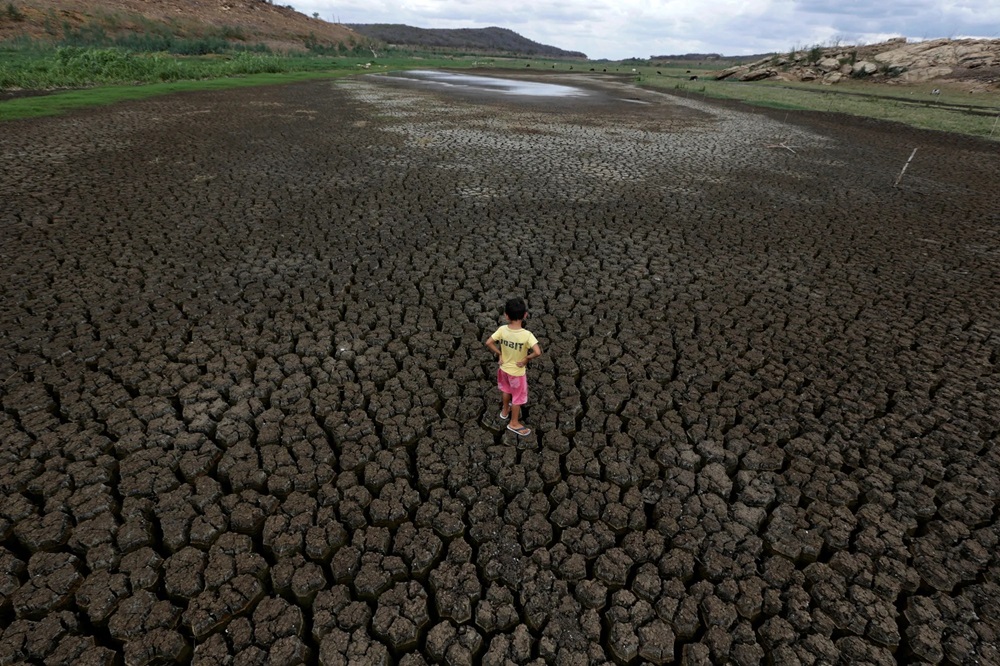The Platform on Disaster Displacement is a State-led Initiative Working with Partners Towards Better Protection for People at Risk of or Being Displaced in the Context of Disasters and Climate Change.
The Platform on Disaster Displacement (PDD) was established in 2016 following the endorsement of the Nansen Initiative Agenda for the Protection of Cross-border Displaced Persons in the Context of Disasters and Climate Change in October 2015 (Protection Agenda). The Protection Agenda consolidates the outcomes of a series of regional intergovernmental consultations, civil society meetings and a research program convened and organized by the Nansen Initiative. The Protection Agenda offers States a toolbox to better prevent and prepare for displacement before a disaster strikes. When displacement cannot be avoided, it helps States improve their responses to situations when people are forced to find refuge, either within their own country or across an international border.
The PDD is a global advocate on disaster displacement, a convener across policy and action areas, and a promoter of effective practices to prevent, prepare, address and find solutions to disaster displacement. The Platform is a hub for dialogue and information sharing and a catalyst for research and analysis. Implementation of the Protection Agenda remains at the core of the PDD’s work. The PDD’s overarching objective is to support States and other stakeholders to strengthen the protection of persons displaced in the context of disasters and the adverse effects of climate change; as well as to prevent or reduce disaster displacement risks in countries of origin.
The Platform promotes a comprehensive approach to disaster displacement, making sure that displaced persons are protected while supporting efforts to adapt to climate change, reduce disaster risk, and enhance community resilience. For those at risk of displacement, the PDD works to promote measures to help them stay or move safely out of harm’s way.
As a State-led multistakeholder platform, the PDD is not an international organization but an agile hub for dialogue and information sharing and a catalyst for research and analysis. The Platform supports States and regional organizations by providing technical assistance and capacity building in gap areas and when support is requested by a government and helps operationalize policies and strategies by collaborating with other stakeholders to assess needs and help them access resources to act. It convenes and brokers the engagement of States and other stakeholders across policy areas relevant to disaster displacement.
Learn more about what the Platform is planning from now until 2030 in the new strategy 2024-2030.
Enhancing Protection and Resilience
The Platform on Disaster Displacement works to reduce displacement and protect those displaced or at risk of being displaced. Through the Platform’s global advocacy, policy and normative development, implementation support, contributions to data and knowledge, and communication and information sharing, the PDD collaborates with States and its partners to promote measures that enhance protection. These measures include…
- Helping people at risk of displacement stay in their homes. These efforts include disaster risk reduction and climate change adaptation to help reduce vulnerability and build the resilience of people at risk of disaster displacement but also concrete measures such as land reform, urban planning etc. The PDD advocates for the integration of human mobility challenges into risk reduction, climate change adaptation, and development measures.
- Helping people affected by disasters move out of harm’s way. People should have a choice whether to move or to stay, but sometimes, to save lives, displacement cannot be avoided. Well planned and people-centered evacuations and planned relocations can contribute to the protection of human rights. Efforts are more sustainable if undertaken in close consultation with affected people and host communities, also considering social, cultural and psychological factors. Opening and having pathways for regular migration or other forms of human mobility to other countries can also help people move out of harm’s way before a disaster strikes.
- Better protecting people forced to leave their homes in the context of disasters and climate change, especially when they need to cross international borders. While present international law recognizes the human rights of internally displaced persons, those displaced across borders remain without specific international protection. However, States have recognized the role that policy instruments such as humanitarian visa, temporary protection, application of regular migration tools and in some instances refugee law and international human rights law can play to admit and protect persons compelled to leave their countries of origin in disasters and climate change contexts. The PDD advocates for the scaling up and harmonization of such existing effective practices.


